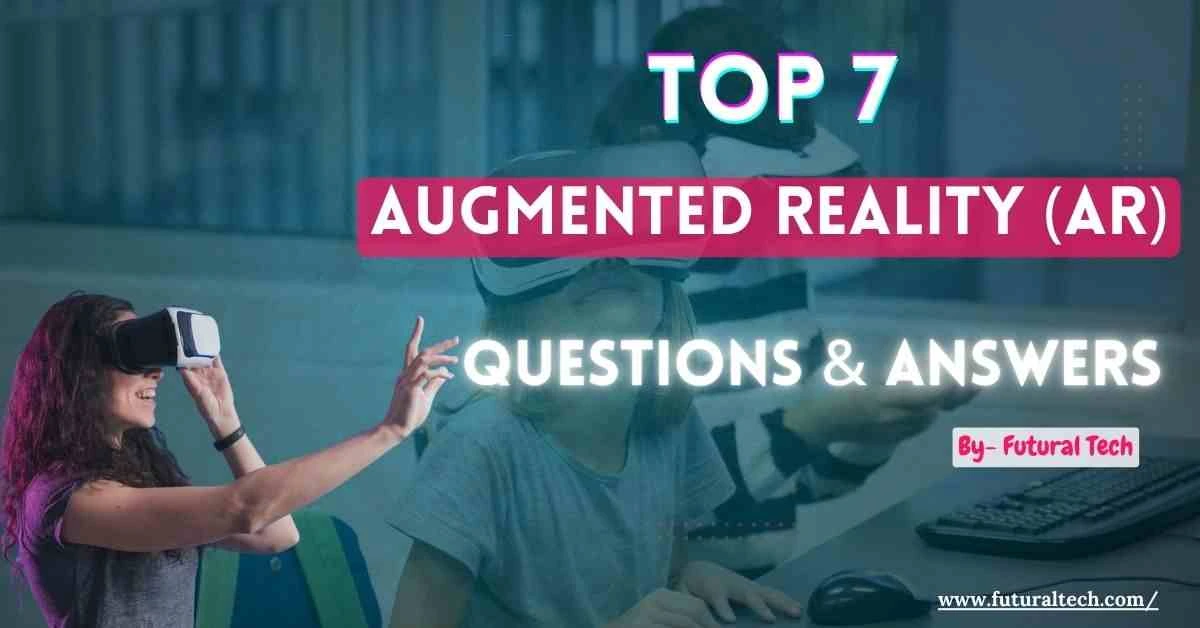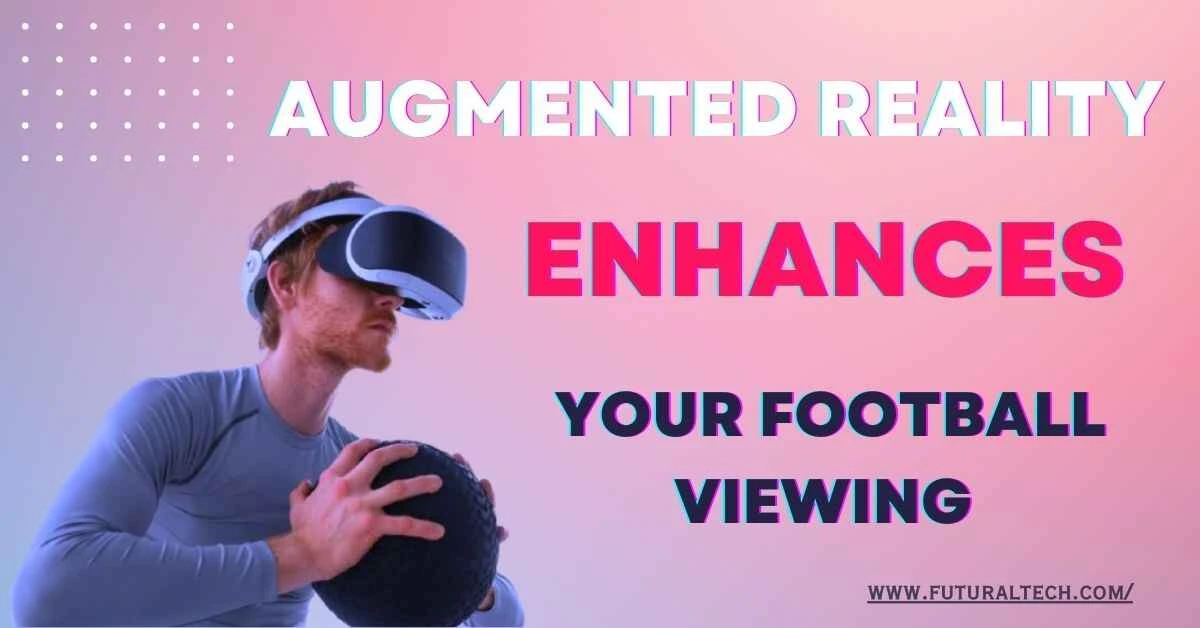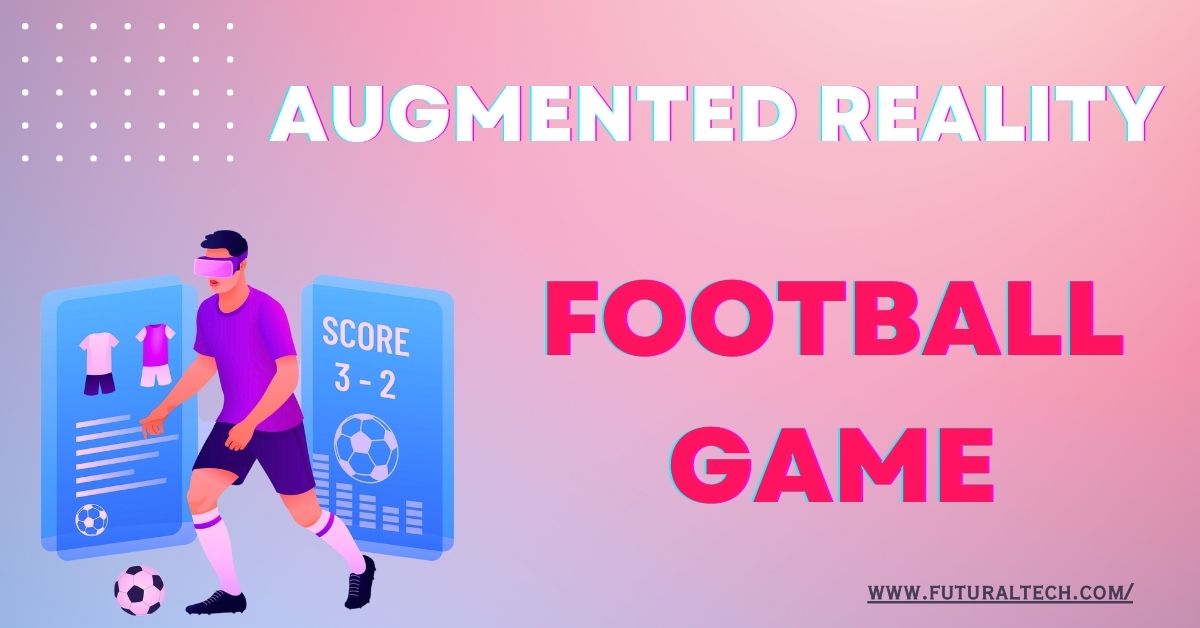Programmer: Augmented Reality End-User Robot Programming
By- Raj 26th-Jan-2025

Introduction
Programar: Augmented Reality End-User Robot Programming
Exousia Robotics is revolutionizing the world of robotics by enabling non-experts to communicate with robots effectively through Augmented Reality End-User Robot Programming. Using AR technology, any user can program robots through natural body movements, speech, and real-time images of the expected output. Robotics becomes user-friendly across various sectors, including education, healthcare, and industry, with this paradigm shift in automation. Experience the future of robotics, where intelligent machines can be programmed effortlessly, with Exousia's programmer!
What is End-User Robot Programming?
End-user robot programming is a method that allows users and people without core programming knowledge to program robots. Users don't need to deal with any coding language but rather interact with basic commands or graphical interfaces to manipulate the robotic action. Its application scope ranges from education to healthcare and even industrial automation.
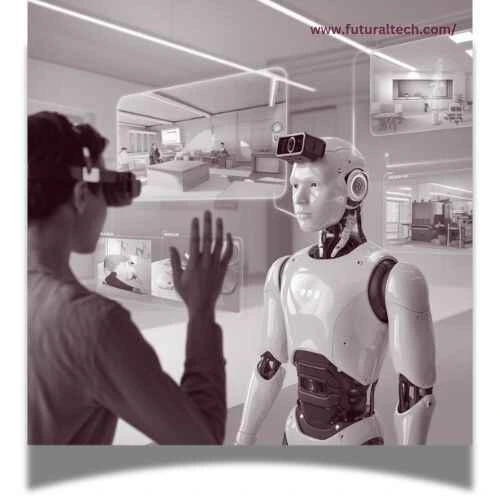
The Role of Augmented Reality in End-User Programming
AR augments the world we see around us, enabling users to have a more interactive and visual experience, which in turn helps bridge the gap between users and robots. Beginners can engage with robotic technology because AR enables programming through simple actions like pointing, dragging, or even speaking.
Key Features of AR in Robot Programming
- Real-time Visualization: For the user to fully understand the consequences of their program choices, AR shows the planned movements of the robots.
- Gesture-Based Controls: With the aid of AR glasses or with a mobile device, the user can control the robots through the motion of their hands.
- Voice Commands: With the aid of natural language processing, voice commands can be translated and executed into reliable programs through AR.
How AR Enhances User Experience
Creating AR interfaces for robots feels like playing a video game. It helps in providing richer environments to perform in, making performing tedious tasks easy, and allowing users to perform new unconventional techniques. This would benefit students learning robotics and indeed teachers and non-expert users.
Applications of AR in Robot Programming
- Automated Manufacturing And Industrial Production:
Factory workers can use AR to give commands to robots, making it possible to work without having to interrupt operations. - Medical Education Training:
AR turns classrooms into labs, where students can develop and program robots without limitations. - Medical Robotics:
AR can enable surgeons and medical staff to program the robots before the operation for assistance during surgery or caring for patients afterward. - Domestic Robotics:
End-users can use augmented reality to program cleaning and cooking robots.
Technologies Powering AR in Robot Programming
-
AR Hardware: Pieces of technology like AR glasses like HoloLens and Magic Leap make the experience more engaging.
- Software Frameworks: Unity and ARKit are tools that aid developers in building AR programming environments.
Benefits of AR-Driven Robot Programming
-
Easy to Understand: Takes away technological barriers for end users.
- Correctness: Ensures programming correctness by providing real-time feedback.
- Interaction: Uses multimedia content to maintain the attention of users.
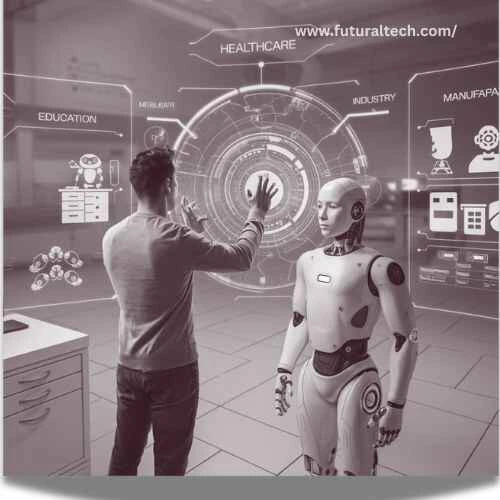
Challenges and Limitations
-
Technical Constraints: Not having enough power available can make construction and use of such AR systems challenging.
- Cost: Advanced AR devices can be too expensive for a particular set of users.
- Adoption Barriers: Implementation can be costly alongside the training needed for businesses as well.
Future Trends in AR and Robot Programming
-
AI Integration: Complex programming jobs could be automated by combining AI and AR.
- Hardware Evolution: Future AR gadgets will be lighter and less expensive.
- More Widespread Adoption: AR-powered robot programming should become commonplace.
Case Studies
- Siemens: Programming robotic arms in manufacturing facilities using augmented reality.
- Boston Dynamics: Using augmented reality to teach Spot robots personalized jobs.
The Impact of AR on Robotics Education
With the integration of AR into education, students can now learn robotics more enjoyably and interactively. For teachers who wish to capture their students' imaginations, this is everything they have waited for.
Ethical Considerations
- Job Automation: The risks and advantages of which need to be carefully measured.
- Diversity: The availability of AR technologies to various groups can encourage the use of these tools.
Conclusion
AR is a revolutionary multifaceted tool for programming robots tailored to specific users. Simplistic and fun; AR is guaranteed to create a world where programming robots is simple and enjoyable for everyone.

